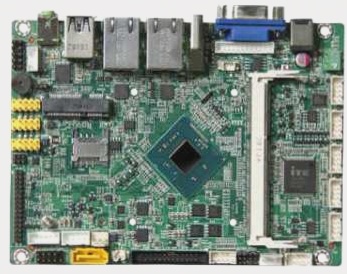Understanding Glass Transition Temperature (Tg) in PCB Substrates
When a PCB substrate, whether polymer or glass-based, reaches a certain temperature threshold, it transitions from a rigid to a rubbery state known as the Glass Transition Temperature (Tg). Tg is a crucial mechanical property indicating the maximum temperature at which the substrate maintains its rigidity.

Benefits of High Tg PCBs
- Enhanced Performance: High Tg PCBs offer improved stability and performance at elevated temperatures, making them ideal for high-power density designs.
- Thermal Control: These PCBs are designed to manage heat efficiently, ensuring reliability in multi-layer and HDI PCB applications.
Advantages of High Tg PCB Material
- Heat Resistance: High Tg PCBs maintain physical and mechanical properties even at high temperatures, providing superior heat resistance compared to standard PCBs.
- Moisture Resistance: High Tg PCBs offer better moisture resistance, crucial for maintaining insulation resistance between conductors.
- Enhanced Stability: Increased Tg values improve the stability of PCBs, essential for high-performance electronic products.
- High Power Density Support: High Tg PCBs are suitable for devices with high power density, aiding in thermal management and design flexibility.
- Multi-layer and HDI PCBs: High Tg PCBs are the preferred choice for compact and dense circuit designs to ensure reliability in PCB manufacturing.
Distinguishing High Tg Boards from Regular Tg Boards
High Tg boards, with Tg values above 150°C, offer superior thermal and mechanical properties compared to standard FR4 boards with lower Tg values.
- Temperature Control: The production of high Tg boards requires precise temperature control and specialized equipment to ensure high-temperature performance.
- Mechanical Strength: High Tg boards maintain specified mechanical properties even at elevated temperatures.
- Thermal Stability: These boards exhibit excellent high-temperature stability, thermal expansion coefficient stability, and low moisture absorption rates.
- High-frequency Performance: High Tg boards excel in high-speed transmission and high-frequency communication applications.
The Significance of Tg Values in High-Frequency PCB Applications
As the number of active devices rises, the need for Tg values also increases. Tg values play a crucial role in high-frequency performance, leading to a lower VSWR, reduced signal loss from dielectric loss, and minimized signal delay.
Benefits of High Tg Materials in PCB Applications:
- Expanded Frequency Band: High Tg sheets excel in 5G communication and high-speed data transmission, offering stable and reliable performance in various high-frequency technologies.
- Enhanced PCB Processing: High Tg boards demonstrate superior adaptability in manufacturing, layer stacking, multi-layer design, and graphic layout, ensuring process maintenance, reliability, and compatibility with diverse materials.
- Environmental Compliance: High Tg boards not only deliver high performance but also meet environmental standards, making them a preferred solution for complex multi-layer boards while staying within current environmental limits.
In applications like high-speed transmission, high-frequency communication, and 5G technology, the demand for high Tg PCBs continues to rise. The widespread adoption of high Tg boards is attributed to their exceptional thermal stability at high temperatures, consistent thermal expansion coefficients, and overall enhancement of PCB transmission performance.




